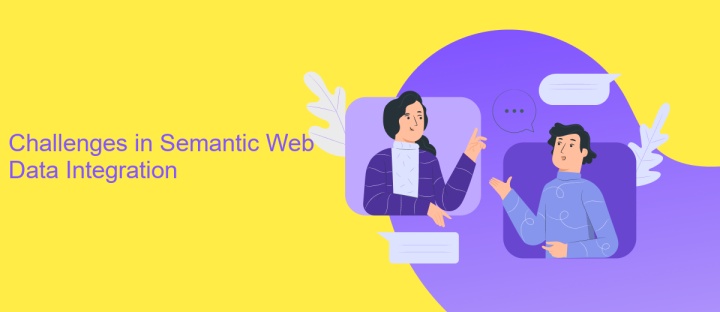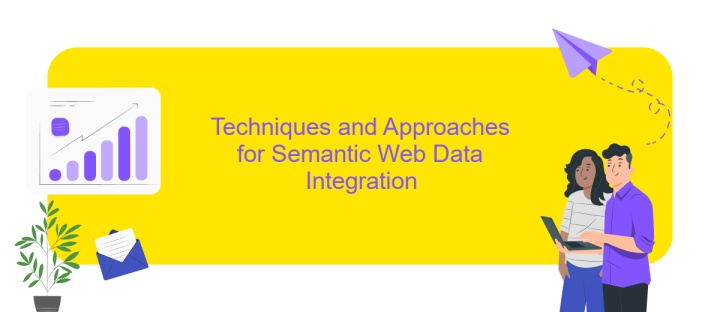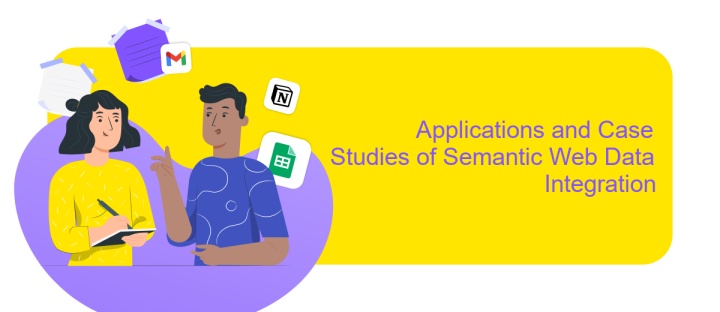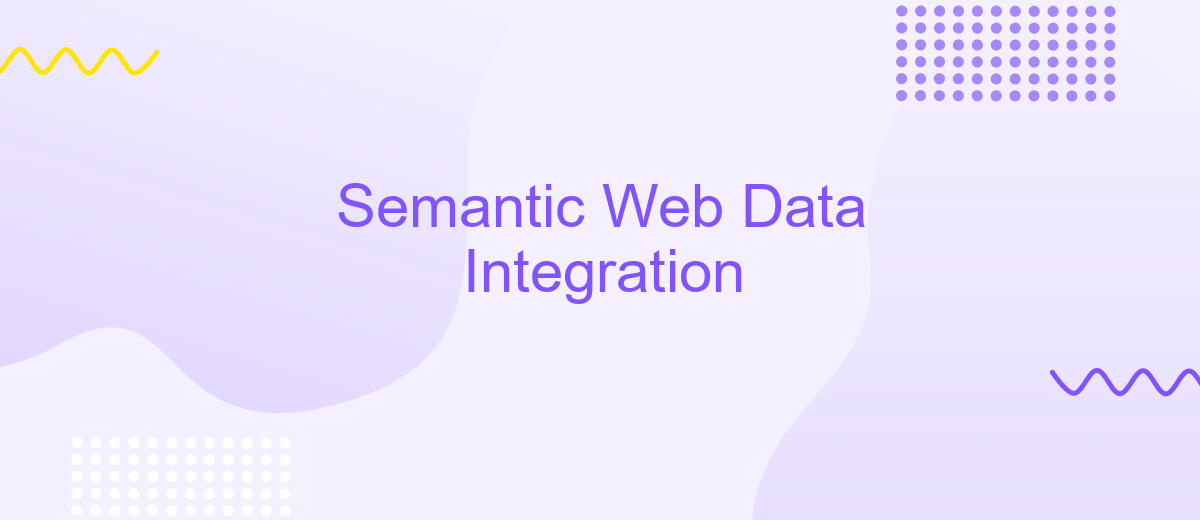Semantic Web Data Integration
Semantic Web Data Integration is a transformative approach that enhances the interoperability of diverse data sources by utilizing standardized web technologies. It aims to create a more connected and meaningful web by enabling seamless data exchange and integration across various platforms. This article explores the key methodologies, benefits, and challenges associated with Semantic Web Data Integration, highlighting its potential to revolutionize data-driven decision-making in numerous domains.
Introduction to Semantic Web Data Integration
The Semantic Web represents a transformative approach to data integration, aiming to enhance the accessibility and interoperability of data across diverse platforms and domains. It leverages standardized frameworks and ontologies to enable machines to understand and process data with human-like comprehension. This approach addresses the challenges of heterogeneous data sources, offering a unified mechanism to link, share, and reuse data effectively.
- Utilizes RDF (Resource Description Framework) for data representation.
- Employs OWL (Web Ontology Language) to define complex relationships.
- Incorporates SPARQL for querying interconnected datasets.
By embracing these technologies, Semantic Web data integration facilitates seamless data exchange and enhances decision-making processes. Organizations can exploit linked data to uncover insights, drive innovation, and improve operational efficiency. As the digital ecosystem continues to expand, the Semantic Web's role in data integration becomes increasingly vital, promoting a more connected and intelligent web environment.
Challenges in Semantic Web Data Integration

Integrating data within the Semantic Web framework presents several challenges, primarily due to the heterogeneity and vastness of data sources. One major issue is the diverse nature of data formats and schemas, which complicates the creation of a unified data model. This diversity necessitates sophisticated mapping and transformation techniques to ensure that data from disparate sources can be semantically aligned. Additionally, maintaining data quality and consistency is a persistent challenge, as data from various origins may contain inconsistencies or be out-of-date, requiring robust validation and updating mechanisms.
Another significant challenge is the scalability of semantic data integration solutions. As the volume of data grows, the systems must efficiently handle large-scale data processing and querying. Tools like ApiX-Drive can facilitate integration by automating data connections between different platforms, thus reducing manual effort and potential errors. However, ensuring seamless integration while preserving data privacy and security remains a critical concern. Addressing these challenges requires continuous advancements in semantic technologies, as well as the development of standards and best practices for data integration.
Techniques and Approaches for Semantic Web Data Integration

Semantic Web data integration involves combining data from diverse sources into a coherent and unified form. This process leverages the principles of the Semantic Web, which utilizes standards and technologies such as RDF, OWL, and SPARQL to enable interoperability and data linkage. The goal is to create a web of data that can be easily accessed and utilized by both humans and machines. To achieve effective integration, various techniques and approaches are employed.
- Ontology Alignment: Aligning different ontologies to ensure semantic consistency and interoperability.
- Data Mediation: Using mediators to reconcile differences in data schemas and formats.
- Entity Resolution: Identifying and linking equivalent entities across diverse datasets.
- Data Transformation: Converting data from one format to another to ensure compatibility.
- Linked Data Principles: Applying principles such as using URIs and RDF to connect and query data across the web.
These techniques are crucial for overcoming challenges such as data heterogeneity, schema mismatches, and scalability issues. By employing these strategies, organizations can effectively integrate semantic web data, enabling richer data analysis and fostering innovative applications across various domains.
Applications and Case Studies of Semantic Web Data Integration

Semantic Web Data Integration has revolutionized the way data is managed and utilized across various domains. By enabling seamless data interoperability, it enhances the accessibility and usability of diverse datasets. This approach is particularly beneficial in areas where data heterogeneity poses significant challenges, such as healthcare and environmental monitoring.
In healthcare, Semantic Web technologies facilitate the integration of patient records, research data, and clinical trial information, leading to improved patient outcomes and personalized medicine. In the environmental sector, these technologies enable the combination of data from different sources, such as satellite imagery and sensor networks, to provide comprehensive insights into climate change and biodiversity.
- Healthcare: Integration of electronic health records for enhanced patient care.
- Environmental Monitoring: Unified data sources for climate analysis.
- Finance: Streamlined data aggregation for better risk management.
- E-commerce: Enhanced product recommendations through integrated consumer data.
These applications demonstrate the transformative potential of Semantic Web Data Integration. By bridging data silos and enabling richer data interactions, organizations can derive more meaningful insights and make informed decisions. As technology continues to evolve, its applications are expected to expand, further driving innovation and efficiency across various industries.
Future Directions and Conclusion
The future of Semantic Web Data Integration holds promising advancements as technologies continue to evolve. One key direction is the enhancement of interoperability between diverse data sources through more sophisticated ontologies and semantic frameworks. As data becomes increasingly heterogeneous, there is a growing need for tools that can seamlessly integrate and interpret this data. Services like ApiX-Drive are poised to play a crucial role in this landscape by offering automated integration solutions that simplify the process of connecting disparate data systems, thus enhancing efficiency and reducing the complexity of data management.
Furthermore, the integration of artificial intelligence and machine learning with semantic web technologies is expected to revolutionize data processing and analysis. These advancements will enable more intuitive data interactions and smarter decision-making processes. As we move forward, the focus will likely shift towards ensuring data privacy and security while maintaining seamless integration capabilities. In conclusion, the ongoing development in this field promises to unlock new potentials for data-driven insights and innovations, ultimately leading to more informed and strategic decisions across various industries.
FAQ
What is Semantic Web Data Integration?
Why is Semantic Web Data Integration important?
How does RDF facilitate data integration?
What role does SPARQL play in Semantic Web Data Integration?
How can businesses implement Semantic Web Data Integration effectively?
Apix-Drive is a universal tool that will quickly streamline any workflow, freeing you from routine and possible financial losses. Try ApiX-Drive in action and see how useful it is for you personally. In the meantime, when you are setting up connections between systems, think about where you are investing your free time, because now you will have much more of it.

